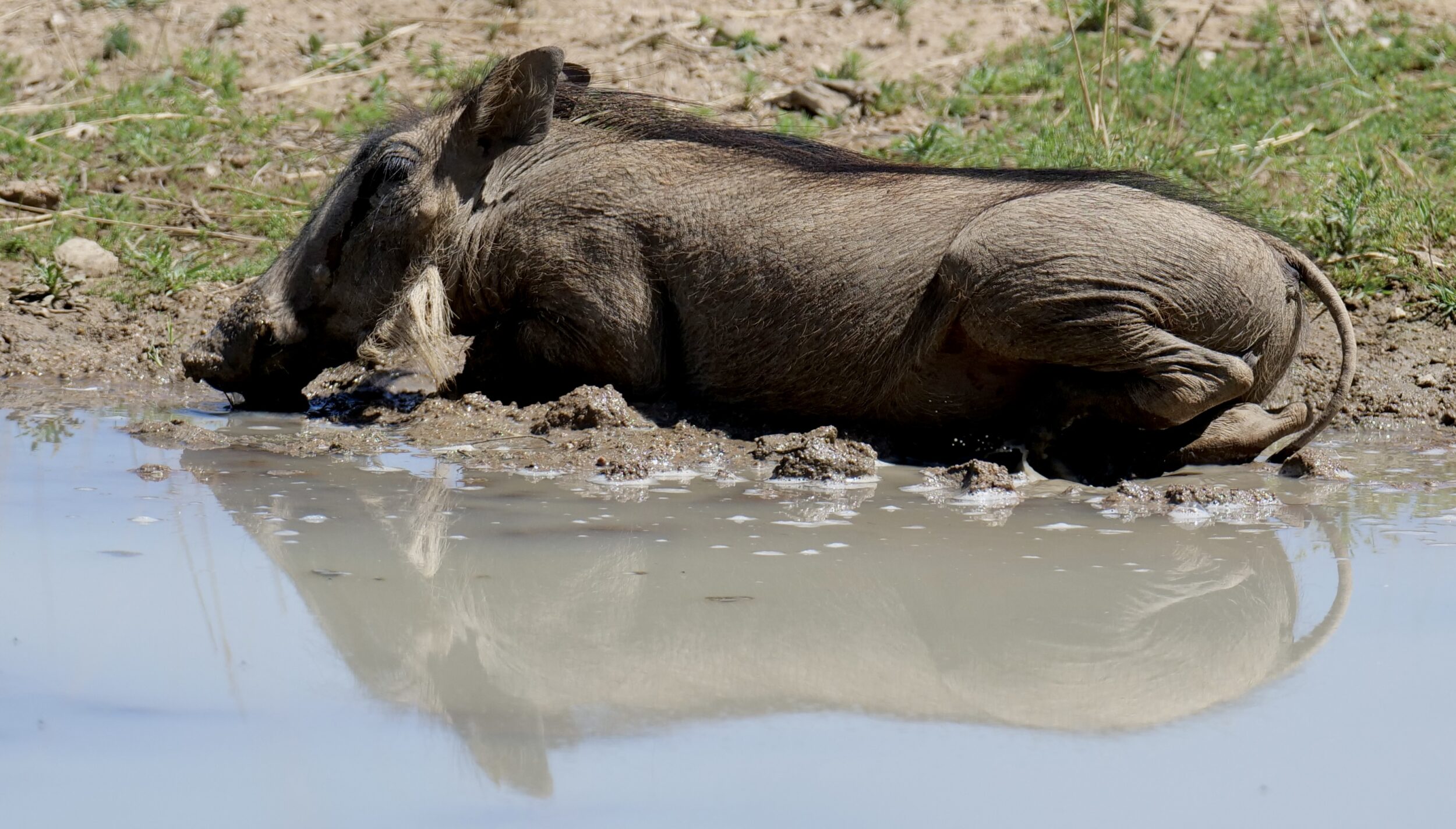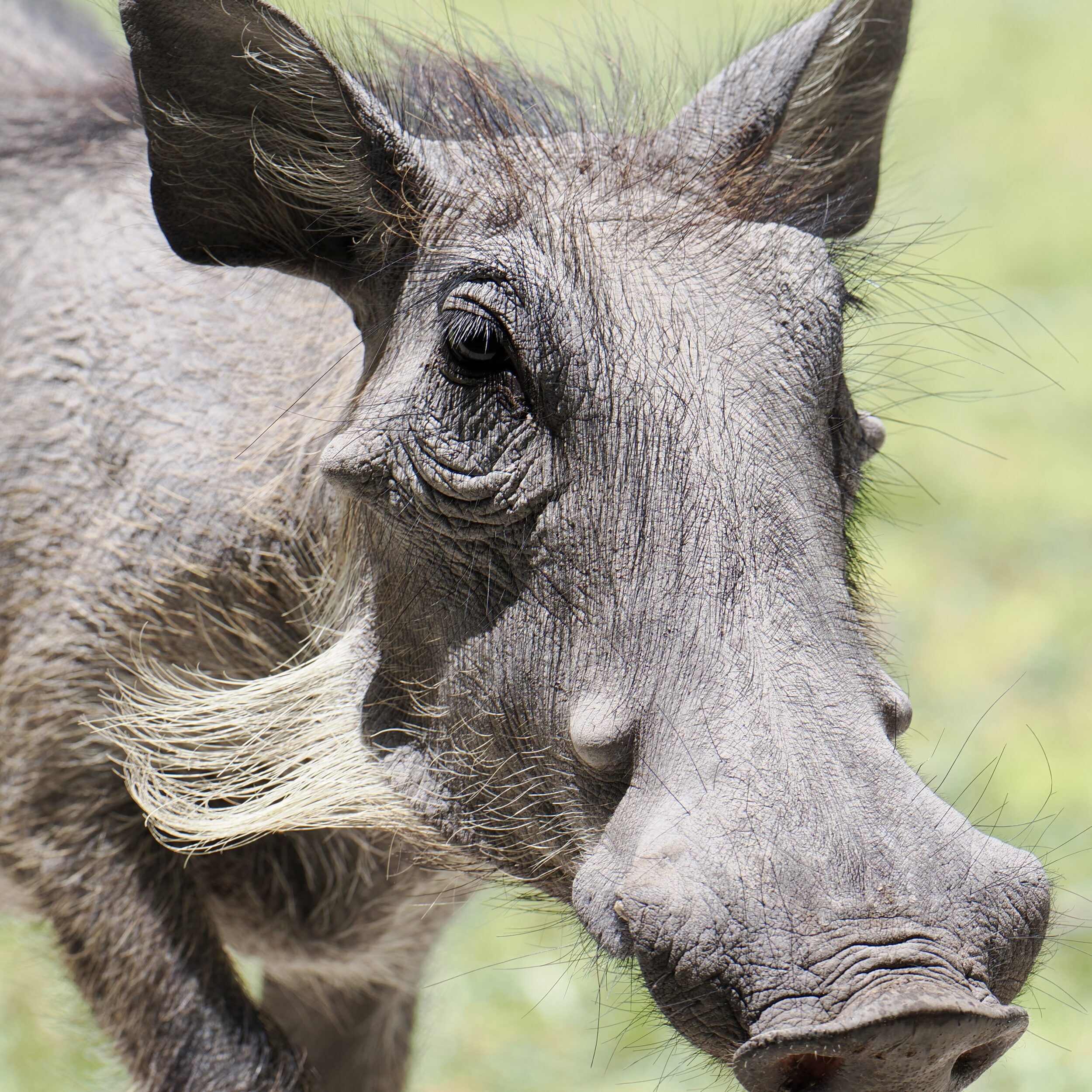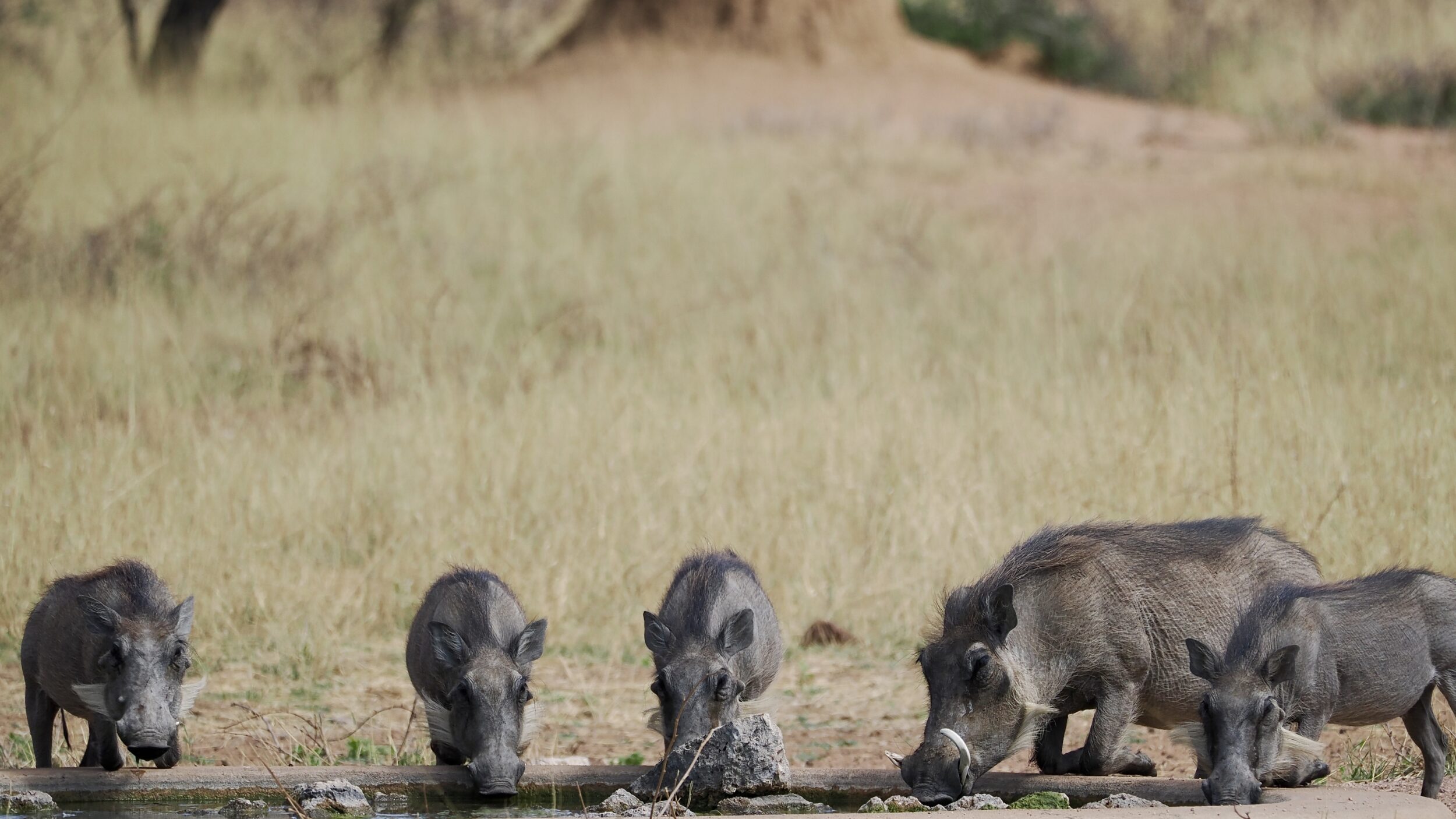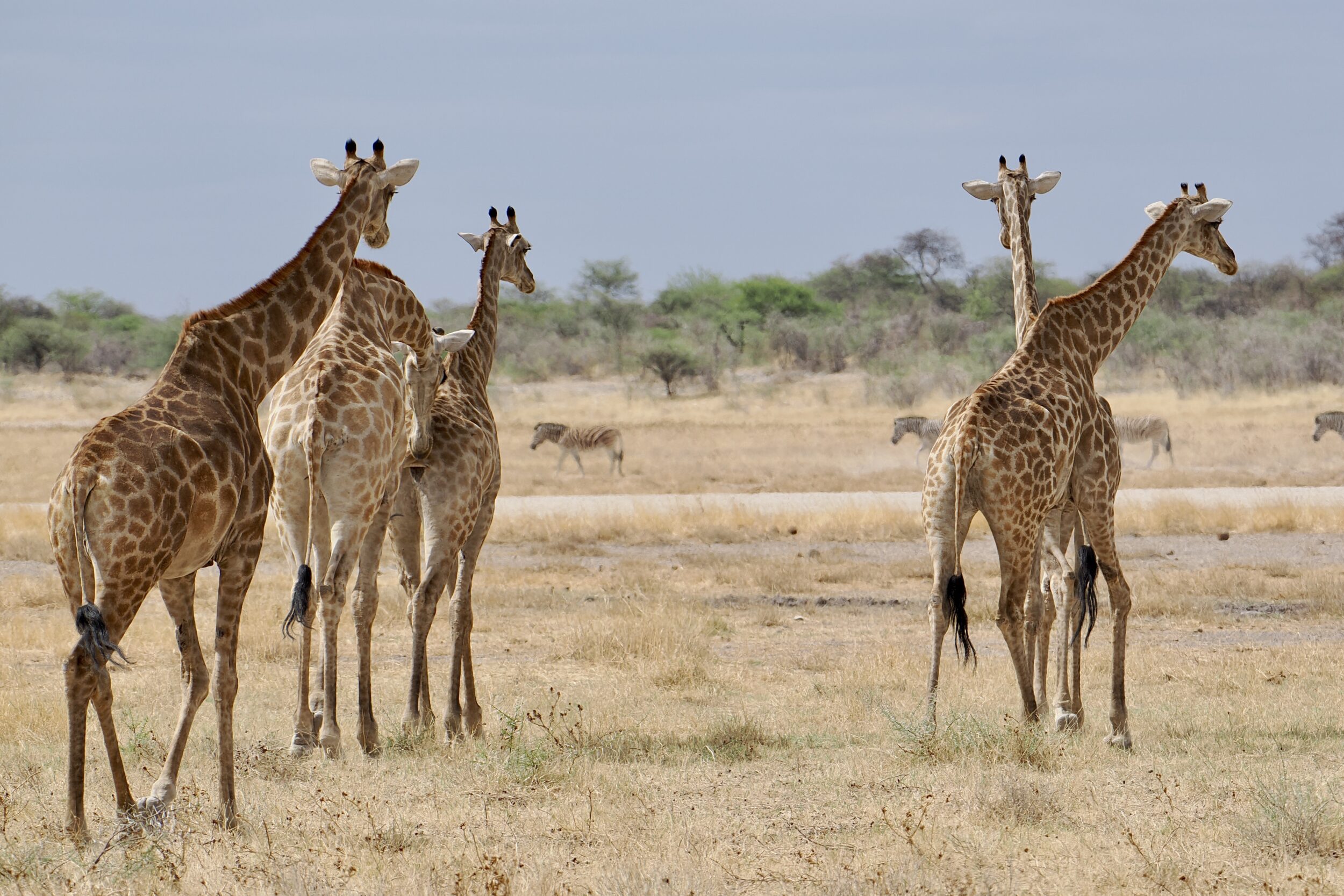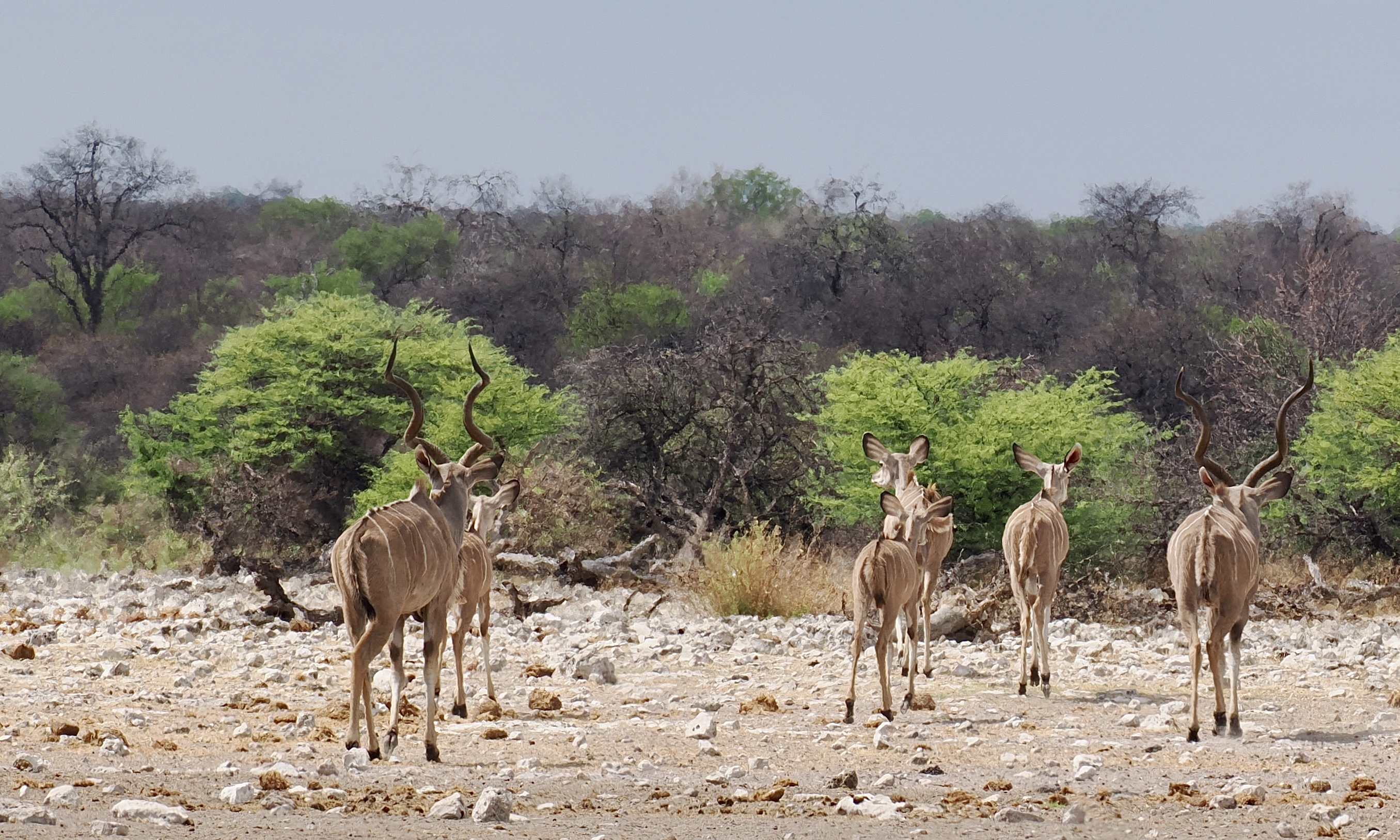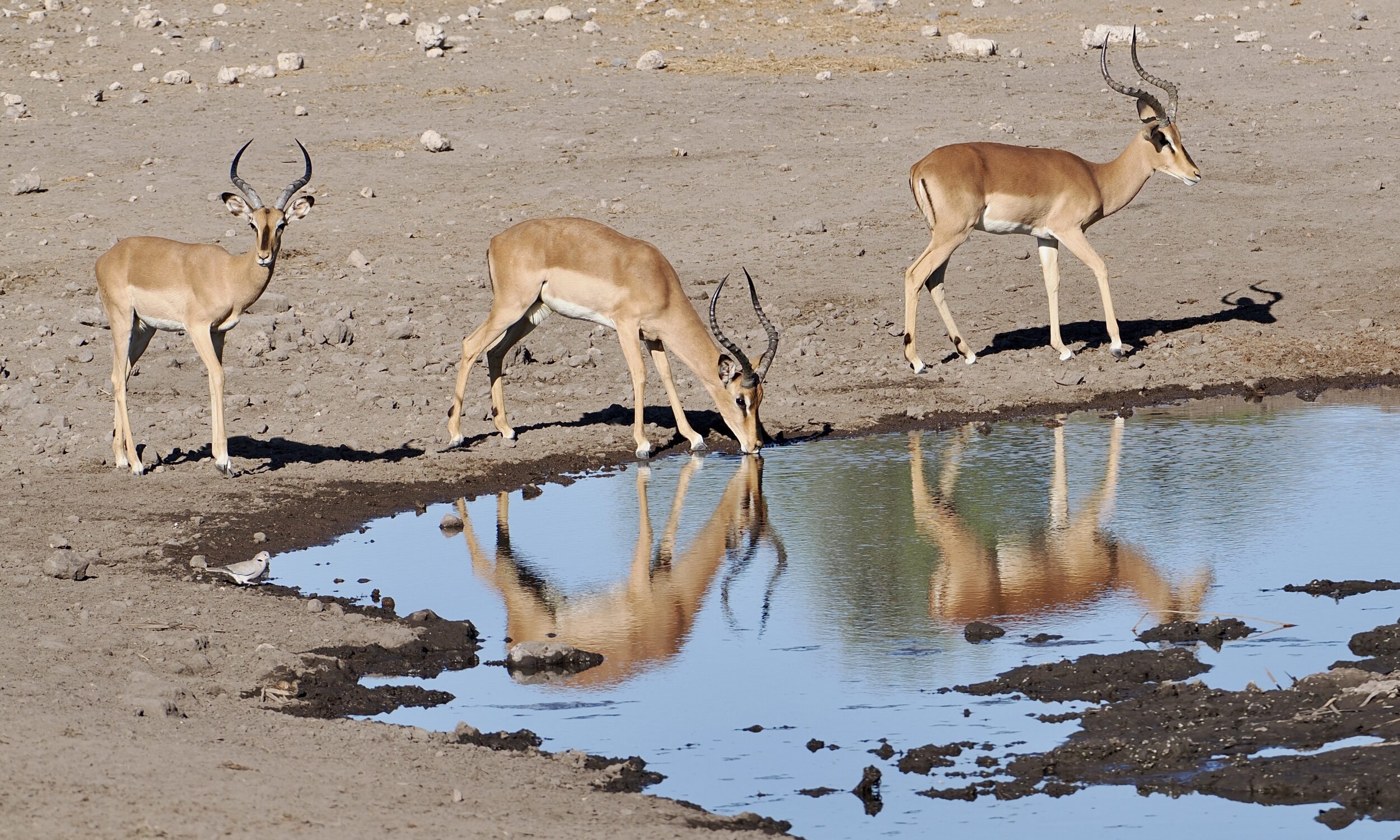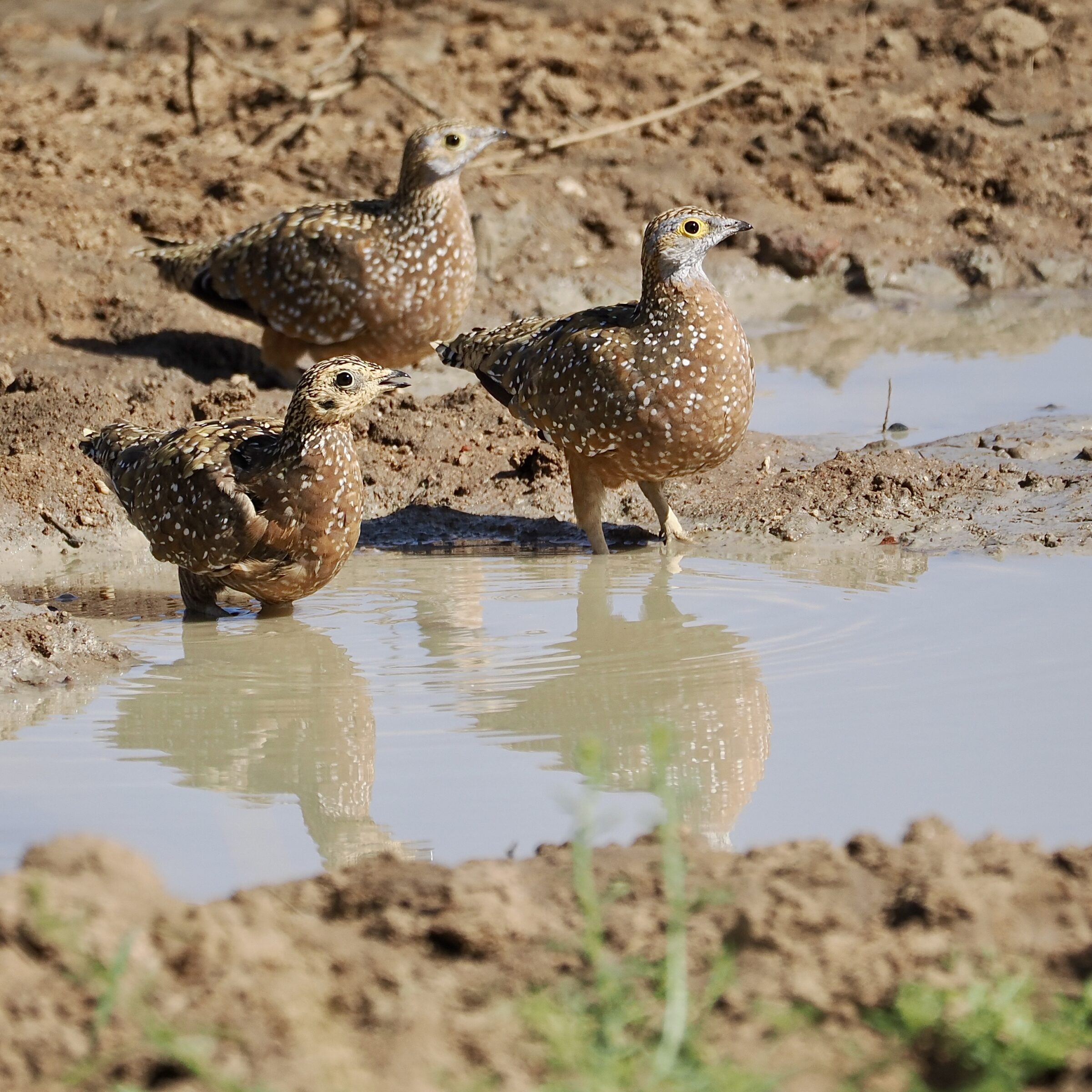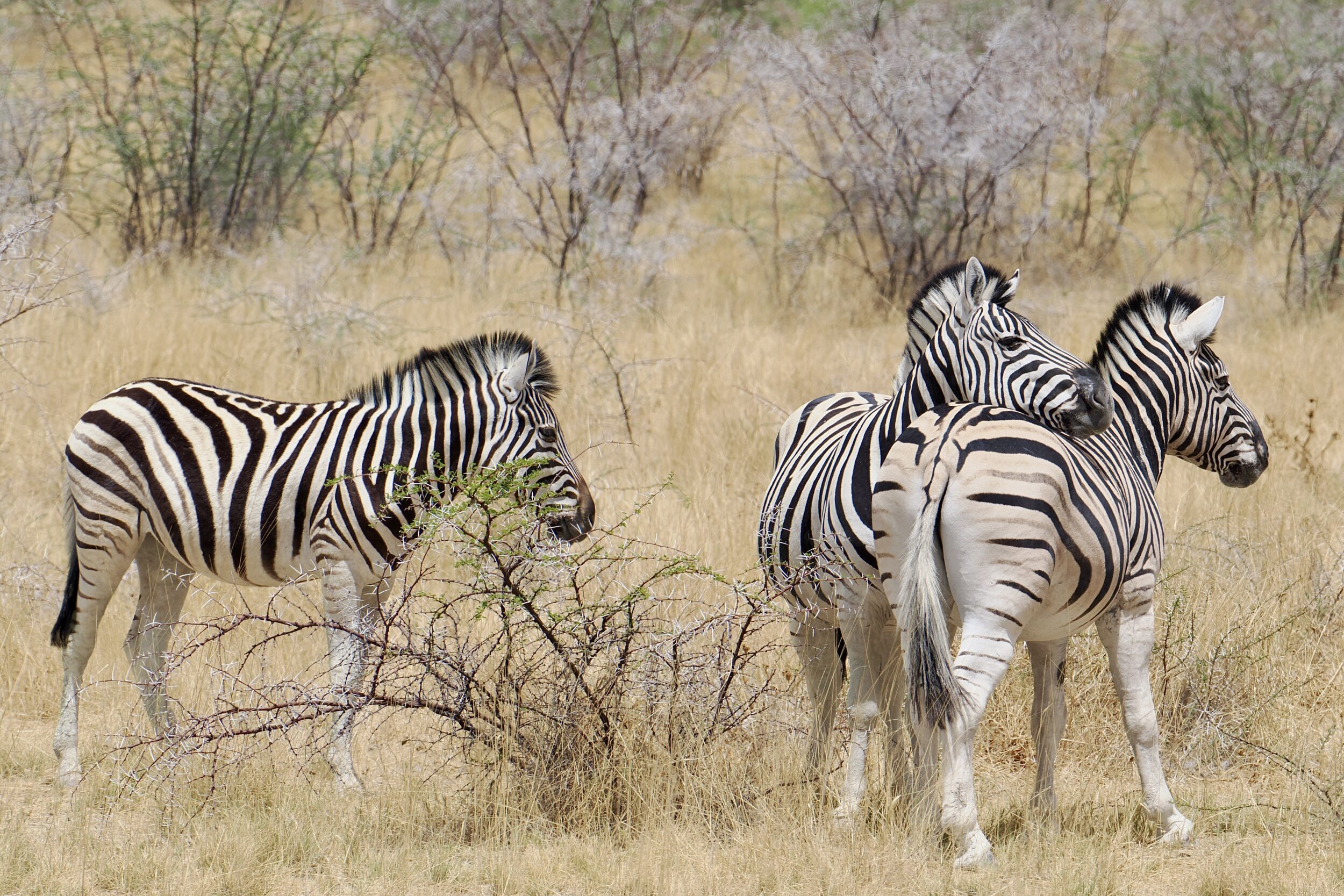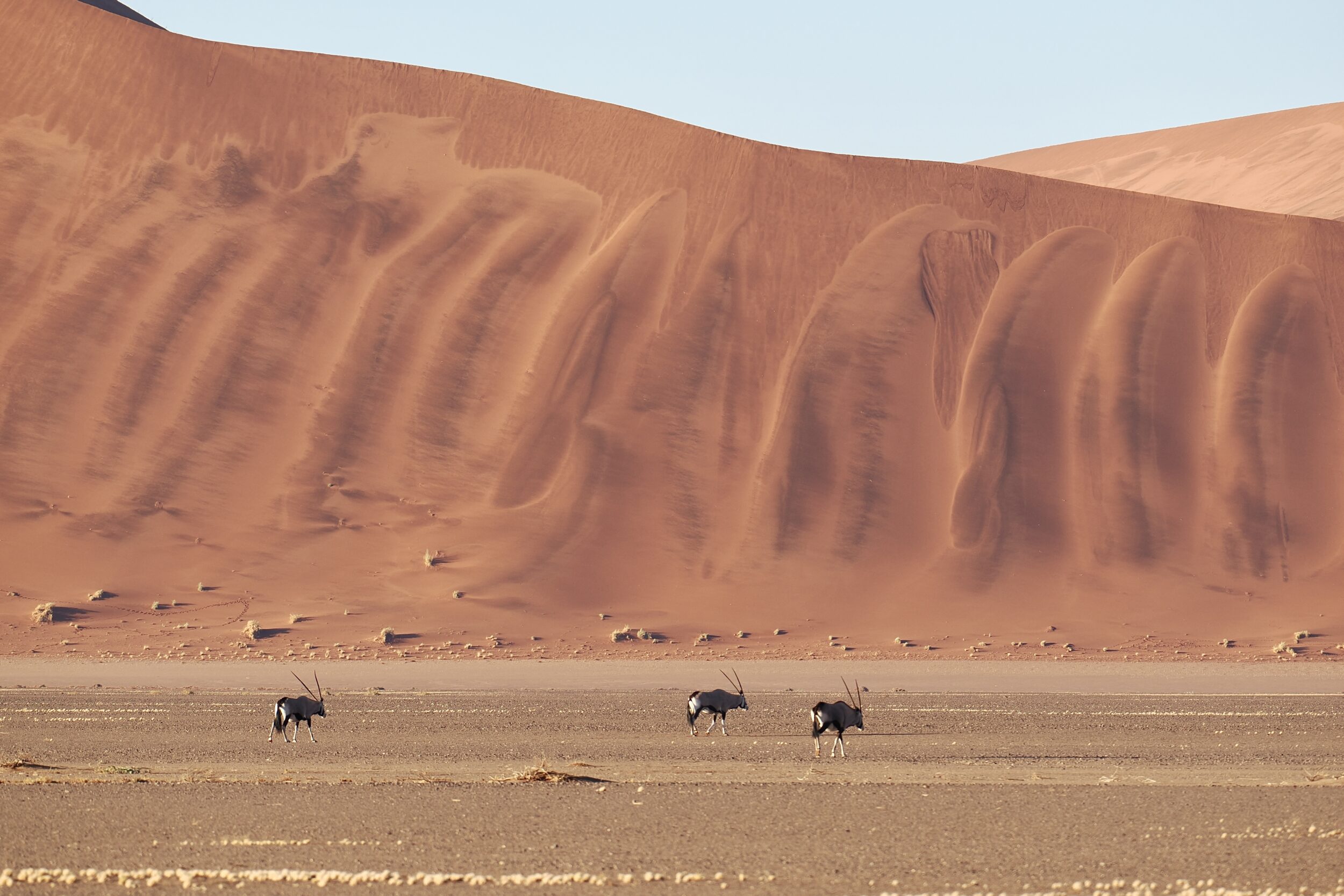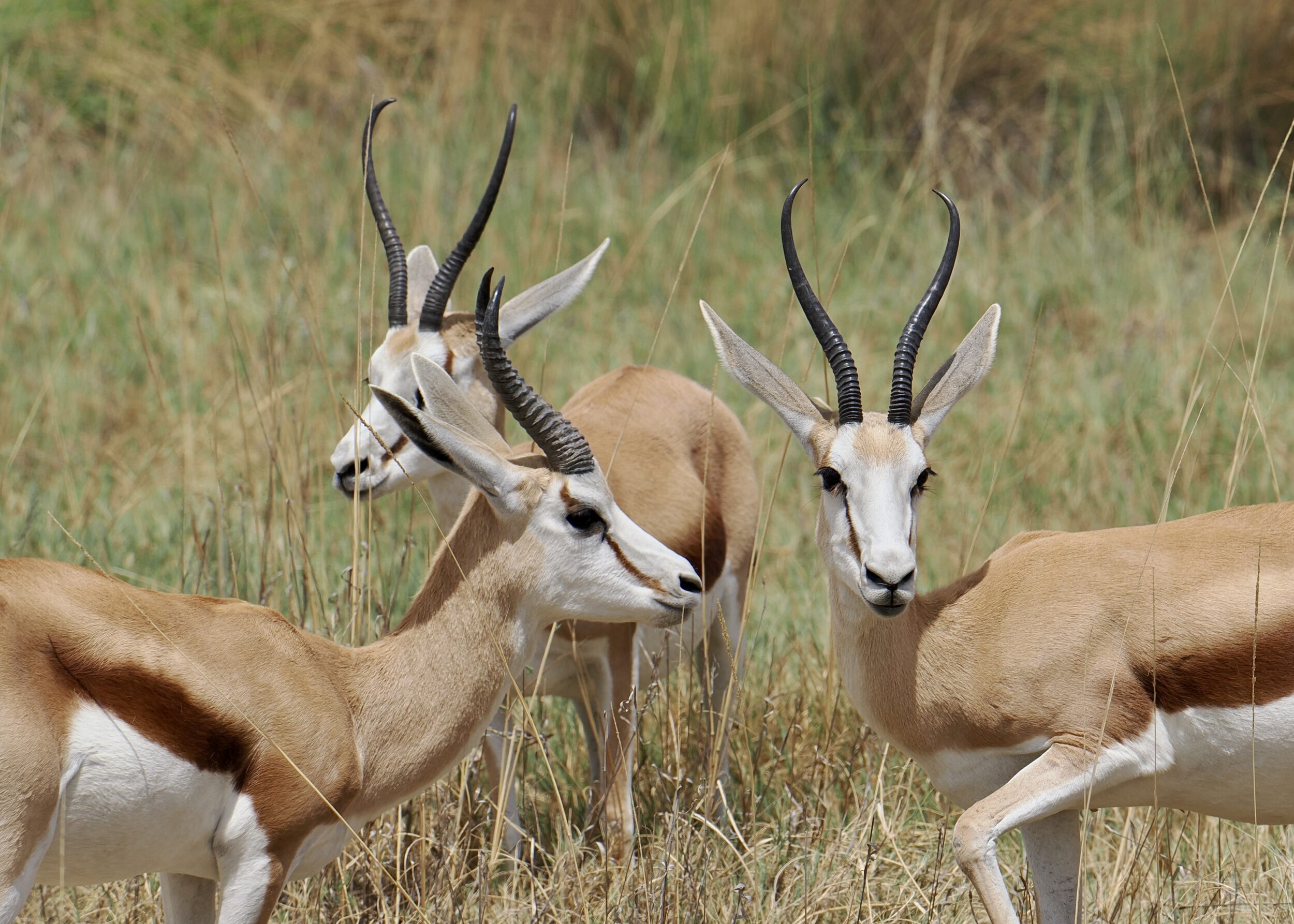Every living thing needs water.
However, different living things’ particular ways of accessing/consuming/conserving/using water, are hugely variable.
So are the quantities they require, how often they need to drink – if they do need to drink – and even the very nature of their relationship to water.
Certain terrestrial creatures absolutely relish water…and not just as something to drink or to swim in.
In this respect, warthogs are nigh-peerless.
Comments closed